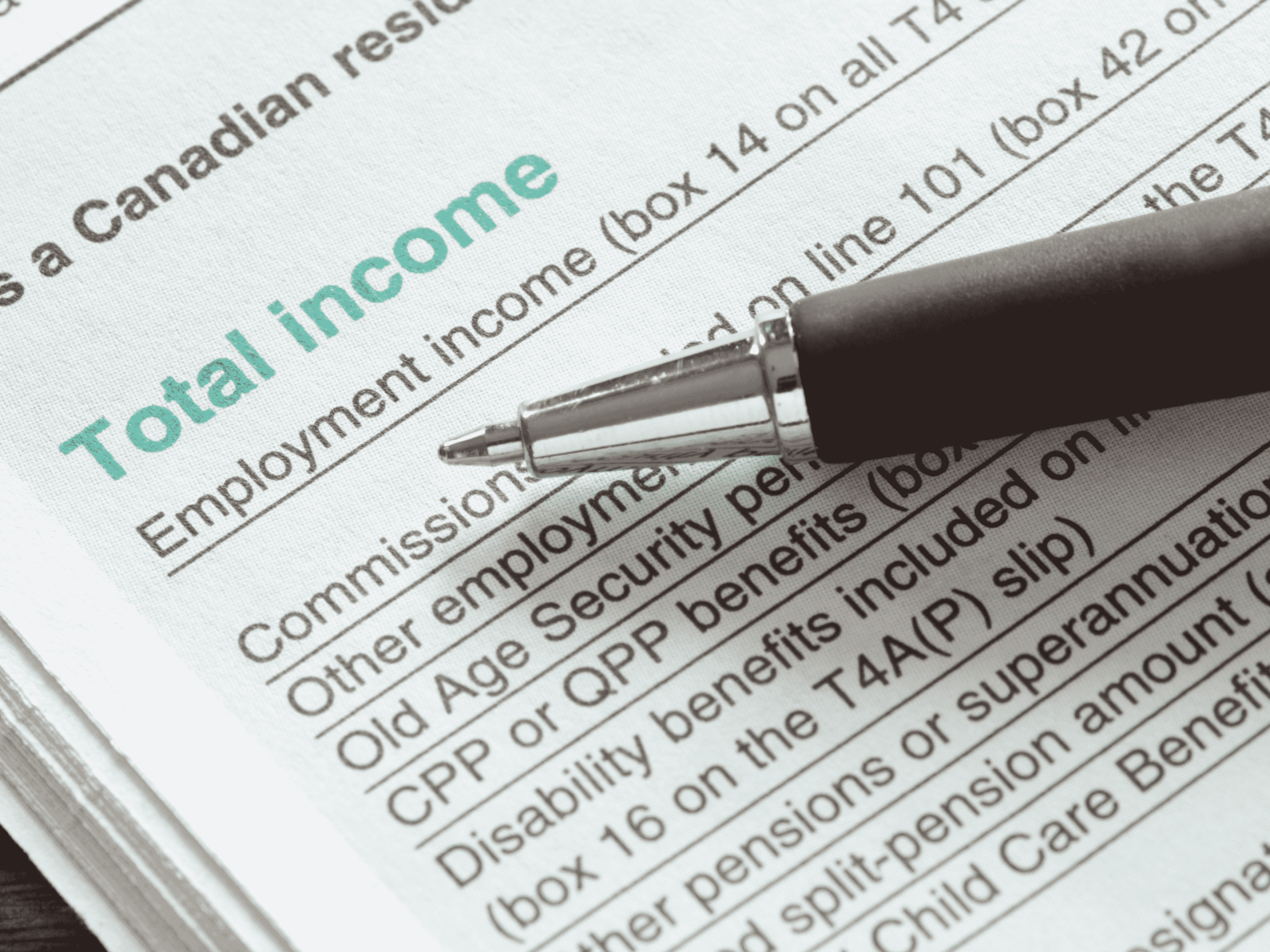Mistakes happen. Filing a T5018 form is no exception, and errors are more common than many business owners realize. Construction businesses in Canada rely on T5018 filings to comply with CRA regulations, ensuring subcontractor payments are reported accurately. It’s a vital part of the tax compliance process, and even small errors—like a typo or an incorrect payment amount—can snowball into larger issues. If you’ve realized that a mistake has slipped through on your T5018 filing, don’t worry. The CRA provides
When it comes to tax compliance, Canadian businesses face a range of forms and requirements that can be difficult to navigate. Two of the most commonly misunderstood forms are the T5018 and the T4A. At first glance, they may seem similar—both deal with payments to contractors—but their purposes and applications are entirely different. Understanding these differences is crucial to avoiding costly errors and ensuring your business stays compliant with CRA regulations. Many business owners, particularly those new to tax reporting,
Tax compliance can be overwhelming for Canadian businesses, especially those in the construction industry. Among the many requirements, the T5018 form often raises questions. This document, known as the Statement of Contract Payments, is a crucial document for reporting payments made to subcontractors. But who exactly needs to file it, and why is it so important? If you’re involved in the construction industry, understanding this obligation could save you from penalties and compliance issues. The T5018 form isn’t just a
T5018 compliance is a critical part of tax obligations for businesses in the construction industry. Among the many forms and filings required, the T5018 Statement of Contract Payments often creates confusion, particularly for smaller jobs. Business owners and contractors frequently ask, ‘Do I need to file a T5018 for one-off tasks or minor projects?’ The good news is that the CRA has clear guidelines, thresholds, and exemptions that can help you determine when filing is necessary—and when it’s not. Small
Tax season can feel like a mountain for many construction businesses, and filing the T5018 Statement of Contract Payments often adds to the challenge. This crucial form ensures payments to subcontractors are properly reported to the Canada Revenue Agency (CRA). To learn more about T5018 obligations, check out ‘Who Needs to File a T5018 Form? Your Essential Guide to Success.‘ But between gathering information, reconciling records, and meeting deadlines, the process can feel overwhelming. Here’s the good news: you can




